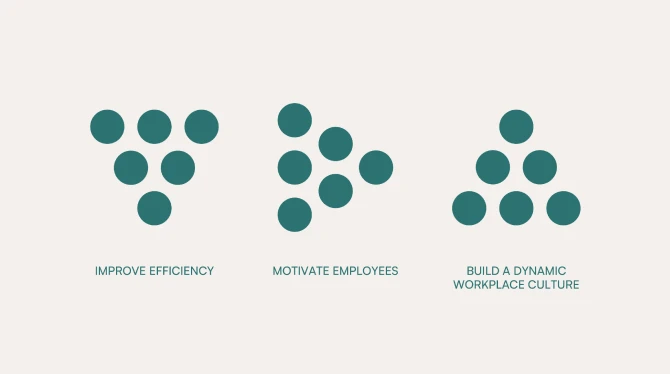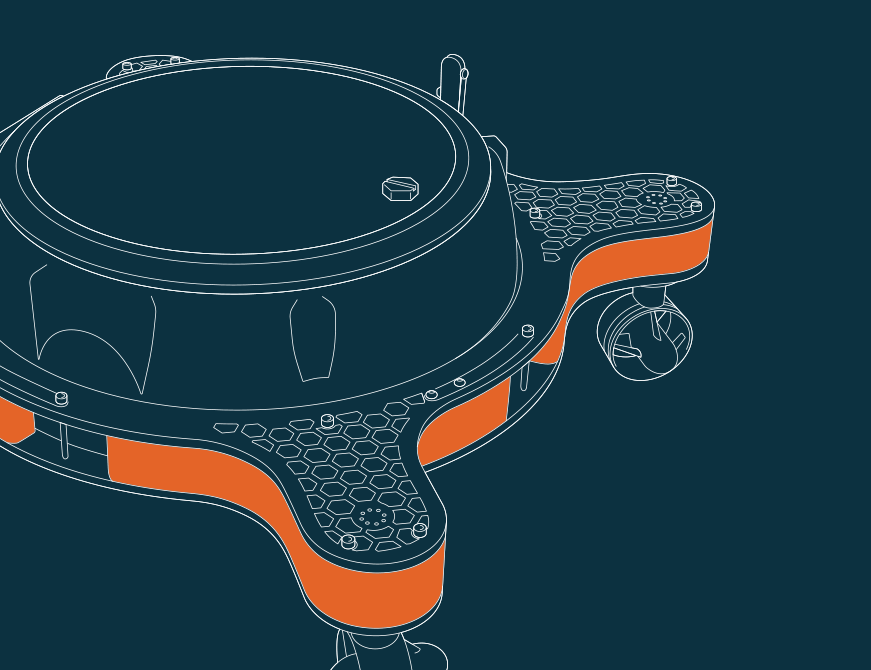🎳
Facilitating Proactive Feedback
LAST UPDATED 17 May, 2024

Have you ever found yourself eagerly awaiting feedback from a client or superior, your mind oscillating between anticipation and anxiety? How often have you felt the void of constructive criticism, longing for insights to refine your work or propel your team forward? Cultivating proactive feedback mechanisms becomes paramount in a world where feedback is not just a supplement but a cornerstone of growth and progress. So, how can we bridge the gap between feedback sought and feedback given, ensuring it becomes a catalyst for growth and excellence?
Well, you’re not alone.
Facilitating feedback involves proactive communication with clients and superiors, creating open dialogue channels. Regular status updates, feedback sessions, and design reviews help establish a culture of continuous improvement. Embrace feedback with humility and grace, both in receiving and giving, as it’s a reciprocal exchange that enriches the creative process. Remember, feedback isn’t just about critique; it’s a catalyst for growth and transformation in our creative endeavors.

The process of design is inherently intertwined with feedback. It’s not merely a courtesy but a compass guiding our creative endeavors. From the pristine strokes of digital brushes to the meticulous arrangement of pixels, every design journey is an odyssey marked by the nuances of feedback. Whether we’re crafting captivating user interfaces or breathing life into brand identities, the feedback loop intertwines with our process, shaping our creations and fueling our growth.
When we are discussing design, feedback flows from various sources, including clients and superiors. The client’s feedback, a rich fabric created from their aspirations and visions, provides invaluable insights into their needs and desires. It serves as both a guiding light and a measure for our designs, grounding our flights of imagination in the soil of reality.
“The most critical aspect of feedback is how you interpret them.”
– Bernard Kelvin Clive
Feedback from superiors, such as art directors or project managers, shapes not just our designs but our professional trajectory. It’s a symphony of perspectives, each note resonating with wisdom and experience, urging us to refine, iterate, and elevate our craft. Workplace feedback is a potent instrument, often underestimated, in the hands of leaders. It has the potential to inspire, motivate, and steer your team towards success.

However, what happens when the feedback well runs dry? When the silence becomes deafening, and our designs float adrift in an ocean of ambiguity? It’s in these moments that the true test of our mettle as designers emerges. We mustn’t merely wait for feedback to trickle down from above. Instead, we must cultivate proactive channels of communication. Whether soliciting regular check-ins with clients or initiating candid conversations with our superiors, fostering an environment conducive to feedback is paramount.
“In the absence of feedback, people will fill in the blanks with a negative. They will assume you don’t care about them or don’t like them.”
– Pat Summit
Feedback is not just about receiving comments or opinions; it’s about understanding, interpreting, and leveraging them to refine our craft. Whether it’s a client’s review of a prototype or a manager’s critique of a presentation, every piece of feedback holds the potential to elevate our work to new heights.
Designers often grapple with contradictory feedback or struggle to extract actionable insights from vague comments. In these moments of ambiguity, the true art of feedback interpretation emerges. We must learn to dissect feedback, unravel its layers, and distill it into tangible actions that drive our designs forward. Moreover, feedback isn’t just about what’s said, it’s also about what’s left unsaid. The absence of feedback can be just as telling as its presence, signaling a disconnect between expectations and reality. We must learn to read between the lines, deciphering the unspoken cues that linger in the silence.
“To avoid criticism, do nothing, say nothing, and be nothing.”
– Elbert Hubbard
So, the next time you find yourself on the receiving end of feedback, embrace it with open arms. Whether it’s a beacon of praise illuminating your successes or a gentle nudge pointing out areas for improvement, remember that feedback is not just a critique; it’s a catalyst for growth and transformation.
To conclude, fostering proactive feedback mechanisms isn’t just a professional imperative; it’s a mindset that propels us toward excellence. By embracing feedback as a cornerstone of our creative process, we refine our designs and elevate our craft to new heights. So, let us embark on this journey of feedback with courage and conviction, knowing that with every critique, we inch closer to design perfection. Or, as the quote says:
“Positive or negative is all feedback.”
Oscar Auliq Ice


